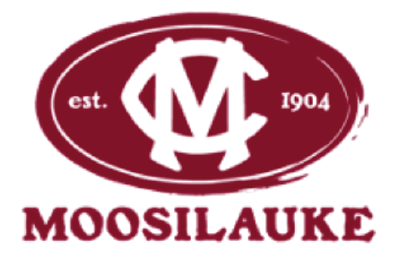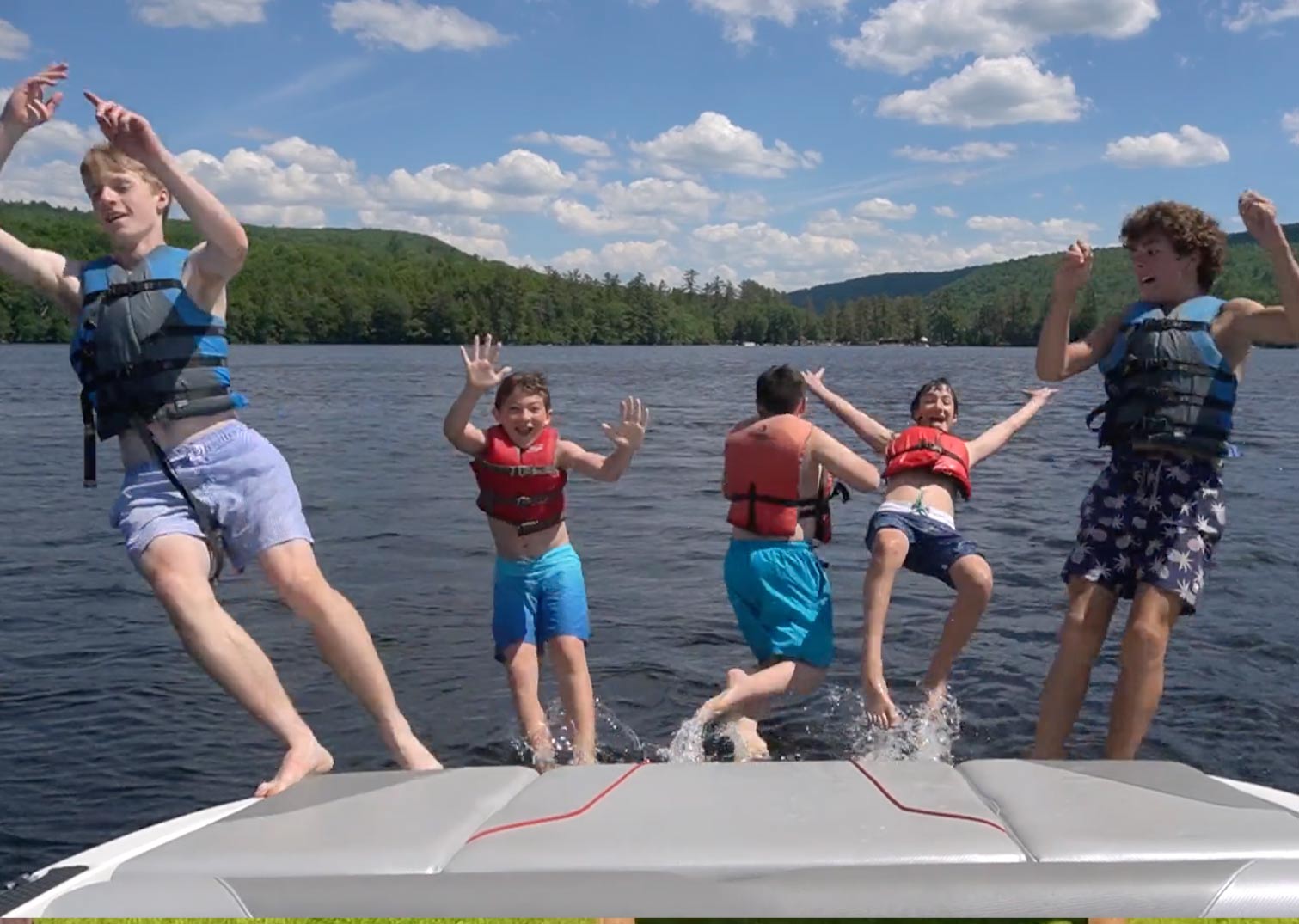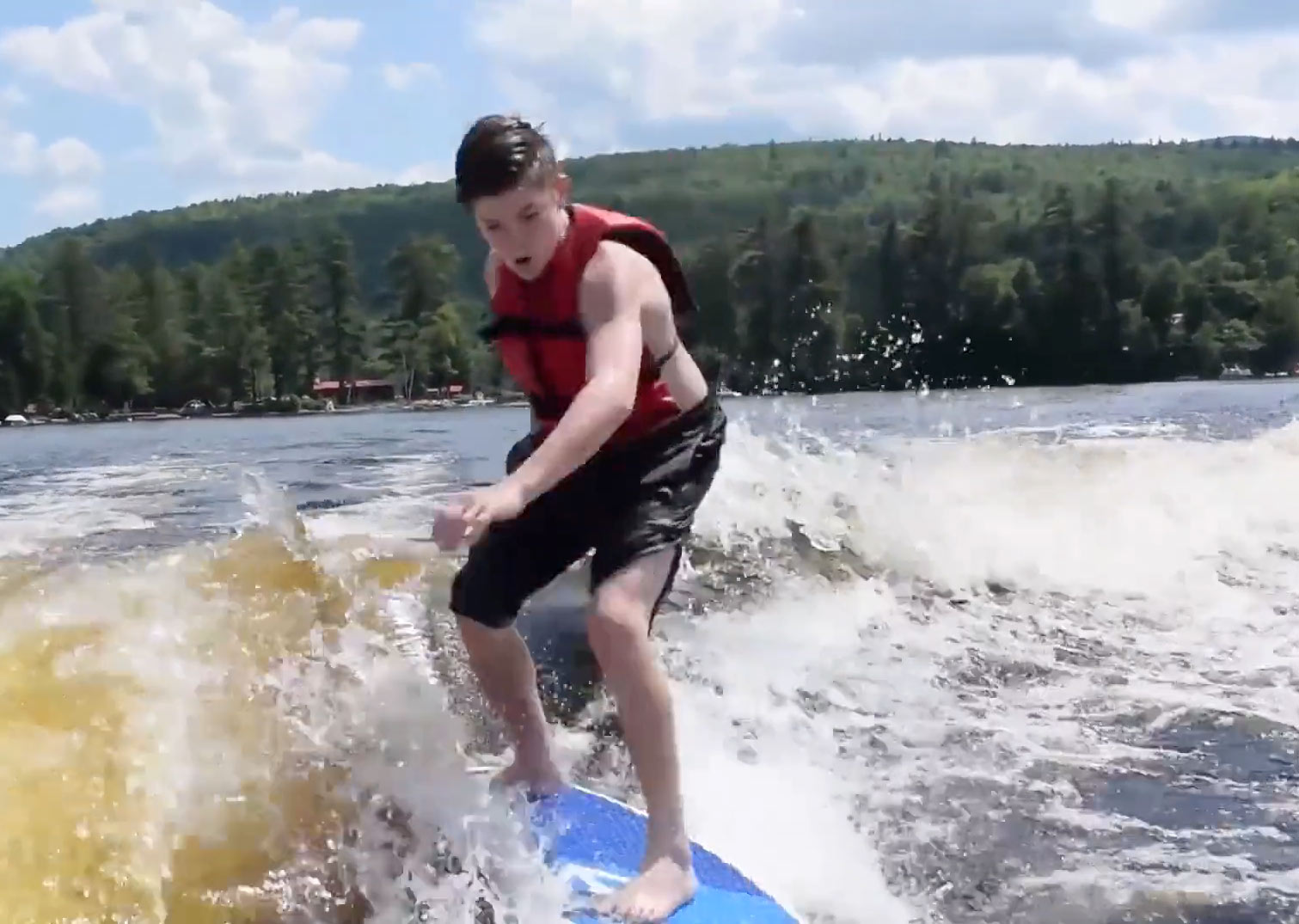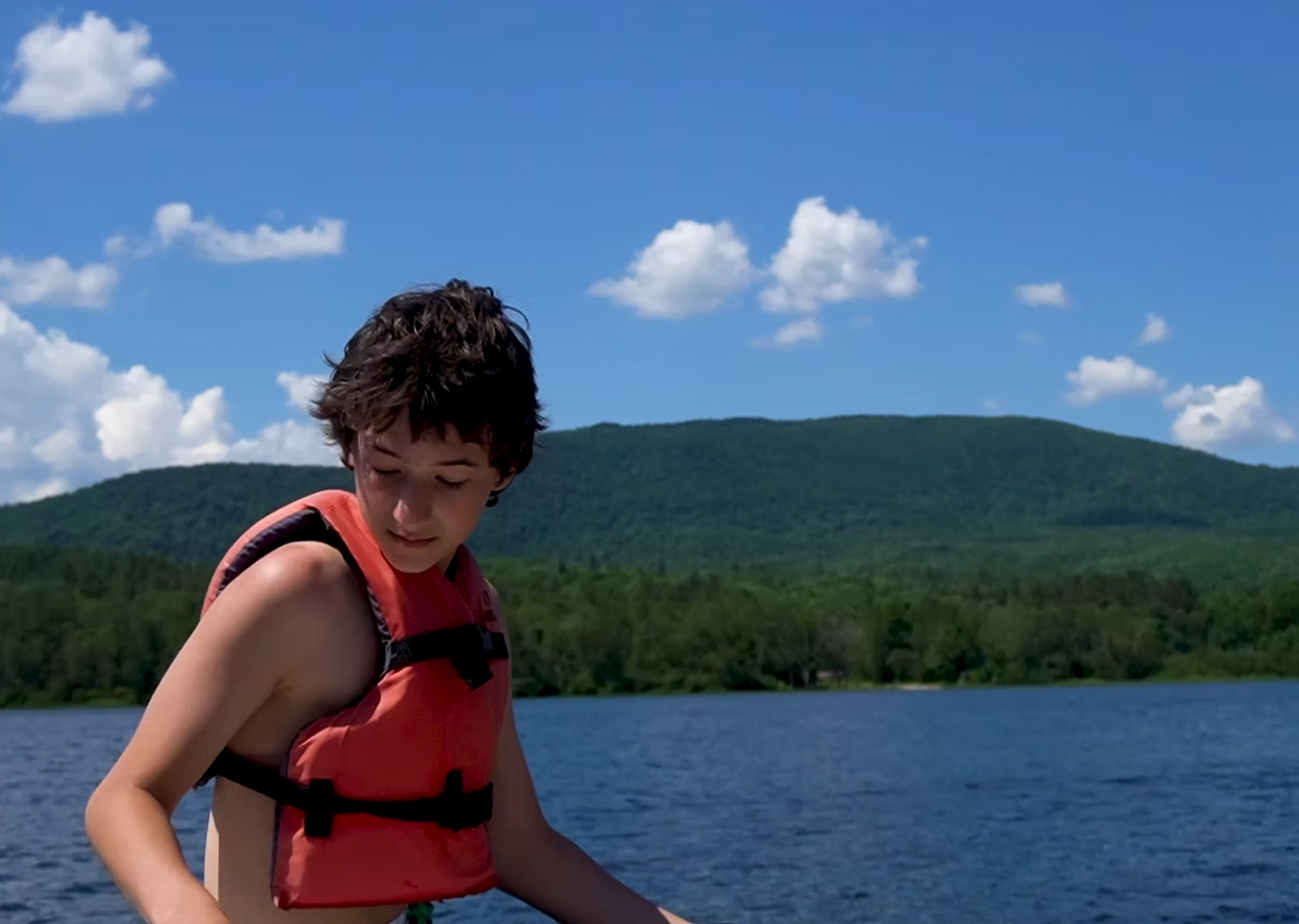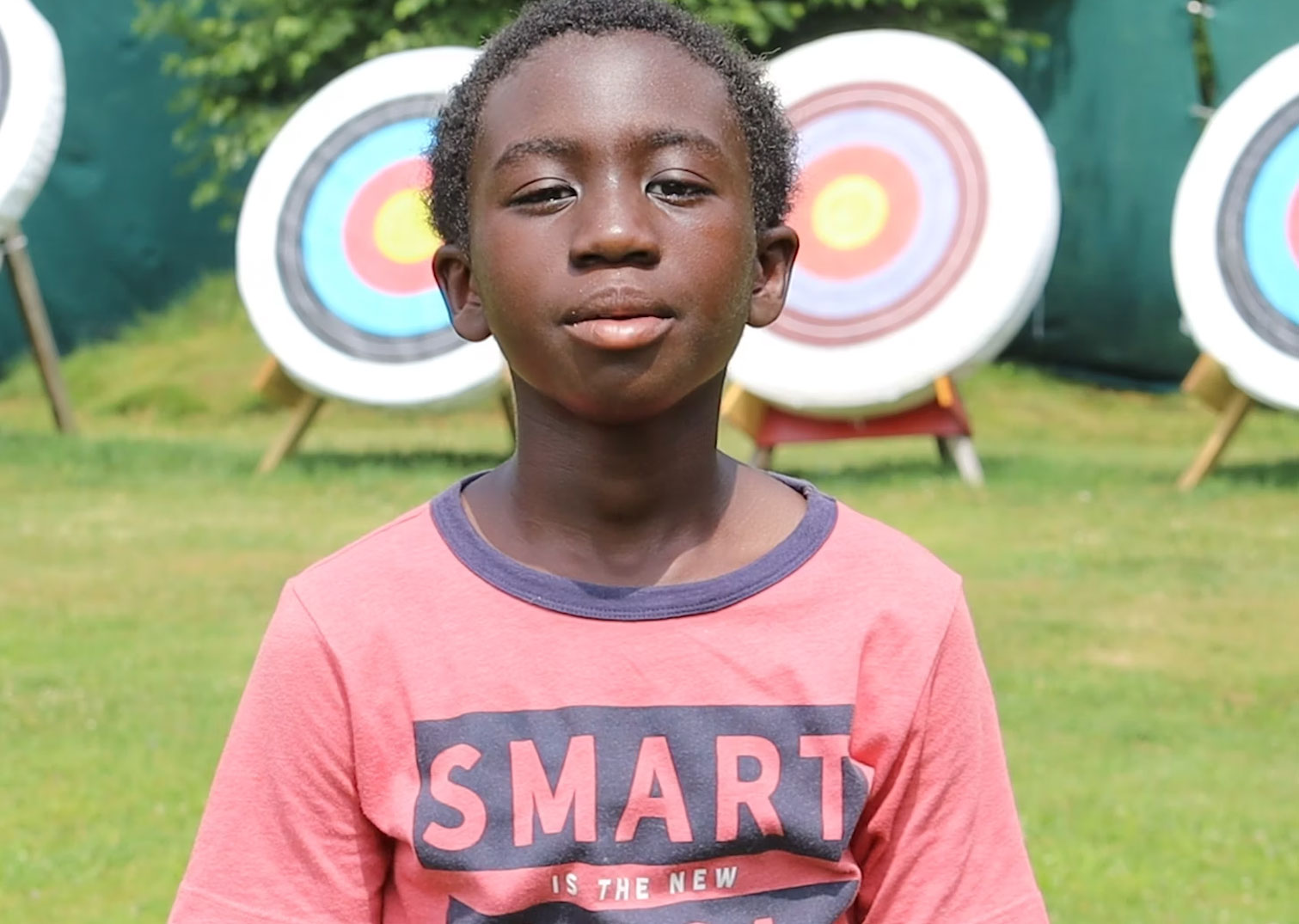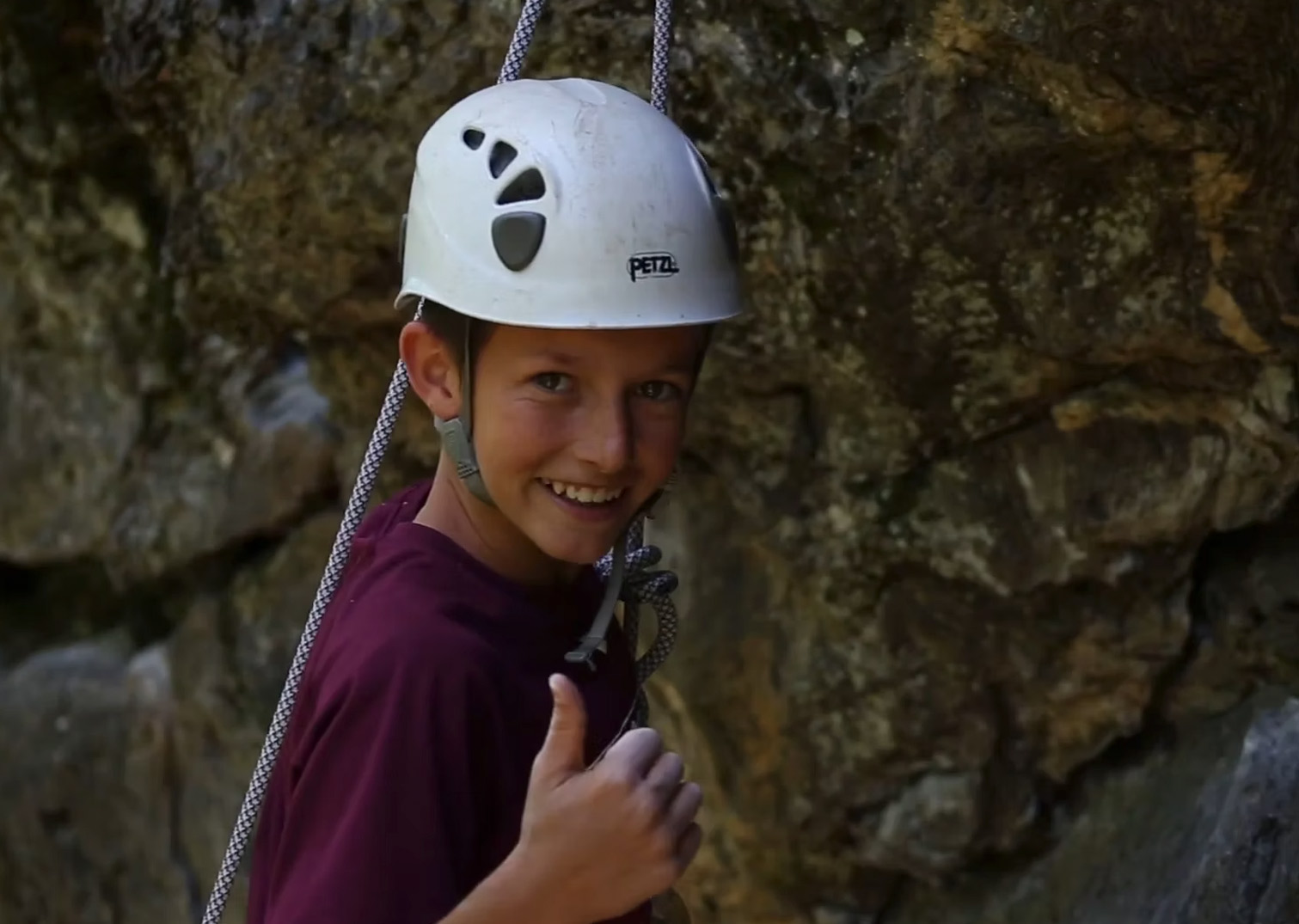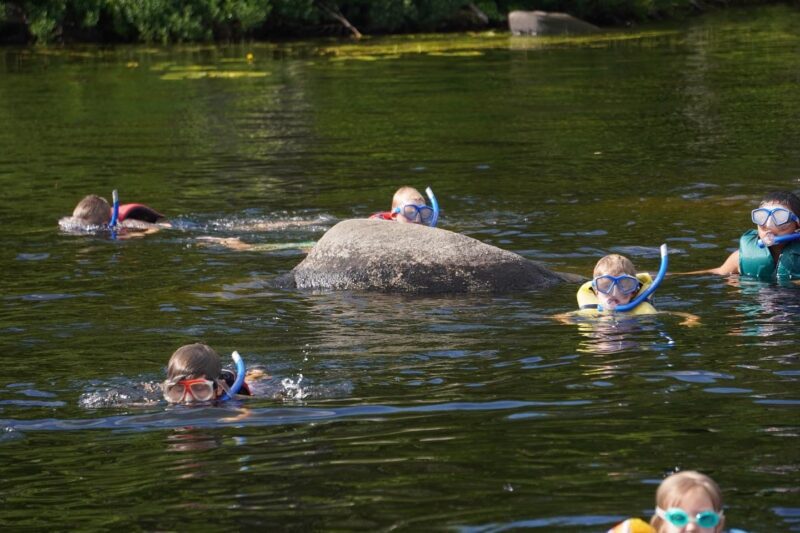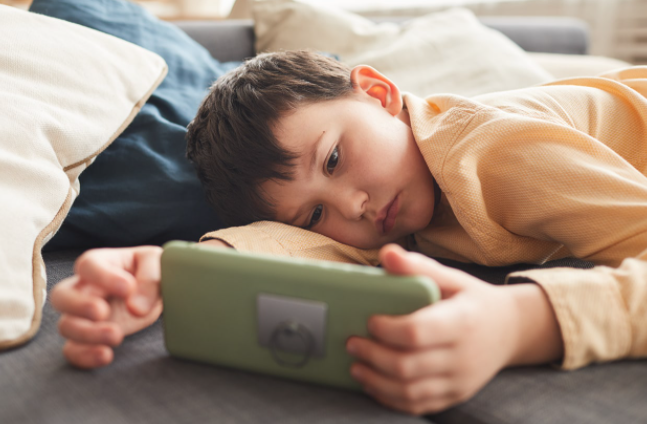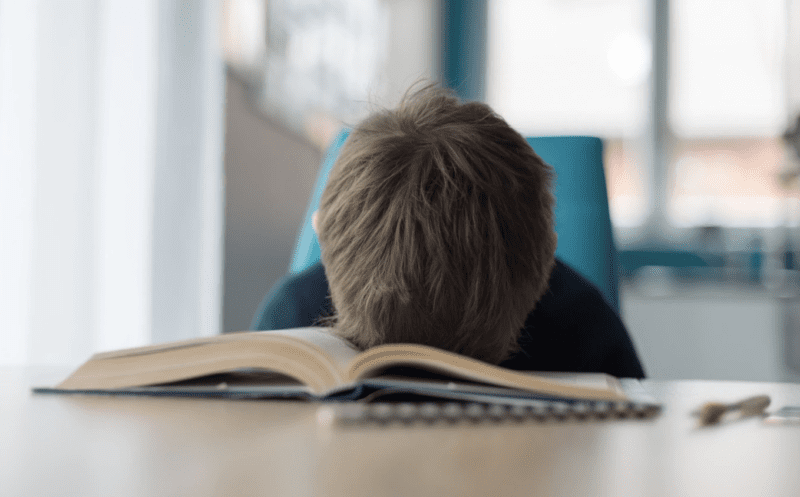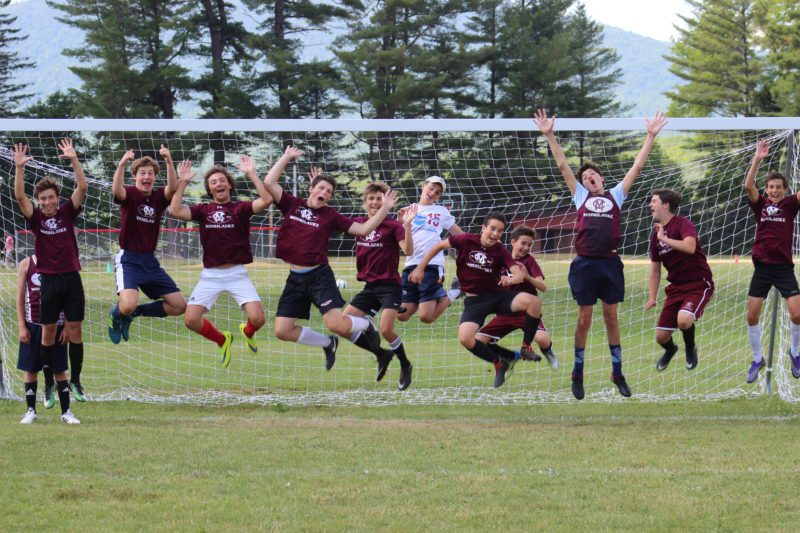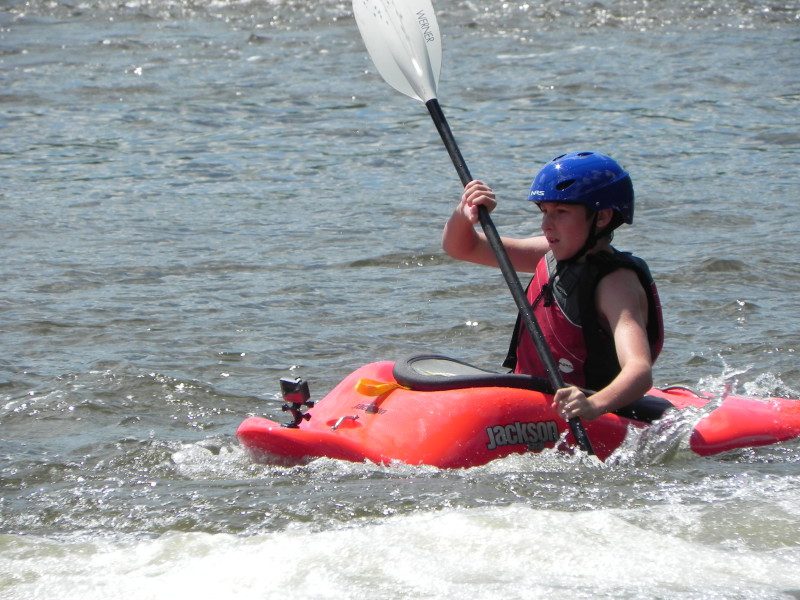Why Moosilauke? The Research That Supports Our Approach To Helping Boys Become Their Best Selves
At Moosilauke, our campers have to learn how to happily coexist in close quarters with an incredibly diverse range of kids.
Why Moosilauke? The Research That Supports Our Approach To Helping Boys Become Their Best Selves

At Moosilauke, our campers have to learn how to happily coexist in close quarters with an incredibly diverse range of kids.
The following is an excerpt from a talk our director Bill gave at Moosilauke’s 2019 Parents’ Day.
It seems like we are in the golden age of research and media related to what young people need to become happy, healthy, successful—and to develop the potential for leadership.
Two things come to mind when I ponder all the recommendations from the research I have read. The first is that what the experts endorse is not complicated; it is not rocket science. The remedies are straightforward and in keeping with common sense. The second is that when you put all the recommendations, together the solutions look a lot like… Camp Moosilauke.
To save you from doing the reading, here is my rapid-fire take on a few of the “greatest hits” related to why many young people are not doing well and what we can all do about it. In the process, I will make you feel good about sending your boys to Moose.
I have written and talked about the books “How to Raise an Adult: Break Free of the Overparenting Trap and Prepare Your Kid for Success” and “The Self-Driven Child: The Science and Sense of Giving Your Kids More Control Over Their Lives.” Both books cite statistics showing that young people today have higher levels of anxiety and depression than at any other time in our recorded history. And both books point the blame at overparenting that keeps young people from experiencing “real work and responsibility,” a true degree of “autonomy” and, ultimately, a sense of “agency.”
At Moosilauke, our campers have to learn how to happily coexist with an incredibly diverse range of kids in close quarters. Our campers come from 19 states and eight different countries, a wide range of socioeconomic backgrounds—as evidenced by the fact that 35% of our campers in the first session received financial aid—and many different racial and ethnic backgrounds. Together, all the campers are tasked with making their beds, cleaning their cabins, and helping to bus their tables. Together, they learn to navigate the ups and downs of living in small cabins, experiencing overnight wilderness adventures, and competing in a wide range of activities vs. peer camps. And all of this takes place without any parental involvement!
Paul Tough’s books “How Children Succeed” and “Helping Children Succeed” clearly make the case that performance character traits—like grit, tenacity, diligence, and self-discipline—are more important than cognitive ability when it comes to becoming your best self and leading. And this research holds for both “advantaged” and “disadvantaged” communities. He also points out that performance character comes simply from positive risk-taking that entails “encountering and overcoming failure.” This means you can’t just do what you are already good at to be your best self. The article “Science Has Just Confirmed That If You’re Not Outside Your Comfort Zone, You’re Not Learning,” by Jessica Stillman, makes a similar case. It highlights that “stability” shuts down the brain’s learning and growth centers.
The rub comes from the fact that there are many factors keeping young people from taking positive risks and encountering failure. These include kids wanting to be cool (so they avoid risking failure) and parents turning their kids into specialists in one particular sport or pursuit to enhance their child’s college admission success.
As you all know, a central goal of the Moosilauke Experience is to help campers develop character via a summer full of positive risk-taking. Although our program allows campers to go deep into the activities they are already passionate about, more important to their growth is how we get them to go broad and try new and unfamiliar things. We ensure broad positive risk-taking for all campers in several ways:
Harvard’s Ed. Magazine recently ran an article titled “Why the Periphery Is Often More Powerful Than the Core,” by Jal Mehta and Sarah Fine. The article outlines that extracurricular activities—things like art classes, debate club meetings, and musical theater productions—are many times more powerful growth experiences than traditional core classes. This is because these activities are student-centered as opposed to teacher-centered, voluntary as opposed to mandatory, group-focused as opposed to individual-focused, and contain peer-to-peer leadership and learning. Professor David Perkins states that these activities encourage kids to think holistically about their endeavors and “play the whole game.”
In many ways, Moosilauke is all “periphery” since there are no “core classes.” And so many of the experiences campers have at Moose—whether in a cabin at rest hour, on a wilderness trip, or during free time at noon and five o’clock every day—are camper-centered, require significant peer-to-peer interactions, and are voluntary.
Outside Magazine recently ran an article titled “Rewilding the American Child” that makes the case that the number one thing young people today are missing is meaningful and challenging rites of passage.
At the core of the Moosilauke experience is a series of carefully calibrated adventure trips that are challenging but age-appropriate. These trips are part of the camp lore, and every year the returning campers eagerly look forward to their chance to tackle them. Examples include all the new campers climbing Mt. Cube in their first week, the Inter As canoeing 10 miles in a day to Hanover, the Senior Bs tackling the Franconia Ridge traverse, the Senior A2s taking on the three-day Mt. Washington adventure and the Senior A1s venturing to the Mahoosuc Range in Maine for their three-day backpacking trek that includes the hardest mile on the Appalachian Trail. Most of these challenging adventures are voluntary, but just about every boy signs up for them when it is his turn to rise to the challenge. And the whole camp gets to revel in the adventures since each trip group provides a recap of their experience at our weekly community meetings.
The last book I want to highlight is Daniel Siegel’s “Brainstorm: The Power and Purpose of the Teenage Brain.” The author makes the case that young people feel most alive and happiest when they make the transition from what he calls “Me” to “We” to “Mwe.” This transition is about moving from seeing everything as a zero-sum game, where you lose when someone else wins, to finding real joy when others succeed.
At the end of our first session, we have our Red and Grey “two days of friendly competition” event. This year, at the start of the contest, I explained to the camp the “Mwe” concept and asked them to consider it in the context of the competition. In a Zen parable-like fashion, I asked them how we can compete and try to win while also reveling in the success of others. To drive the point home, I asked them to imagine we are all candles and if my candle is lit and someone else’s is not, I lose nothing by lighting their wick, but we both gain by the increased brightness.
I want to end today by commending all of you. At Moosilauke, we are firm believers that peer culture is one of the most powerful influences on young people. With teenagers, it is more powerful than parents and teachers. And it is our experience that boy culture does not spin positive without significant curating. Given all this, a top priority for parents is to put our kids in great peer cultures via the places we live, the schools we enroll our kids in—and of course, the summer camps we select. At Moose, you have found a great peer culture. It is not perfect—no culture is—but we are fighting the good fight relative to creating an environment where campers are comfortable to be themselves, to risk and experience failure, and to truly stretch their wings and grow.
